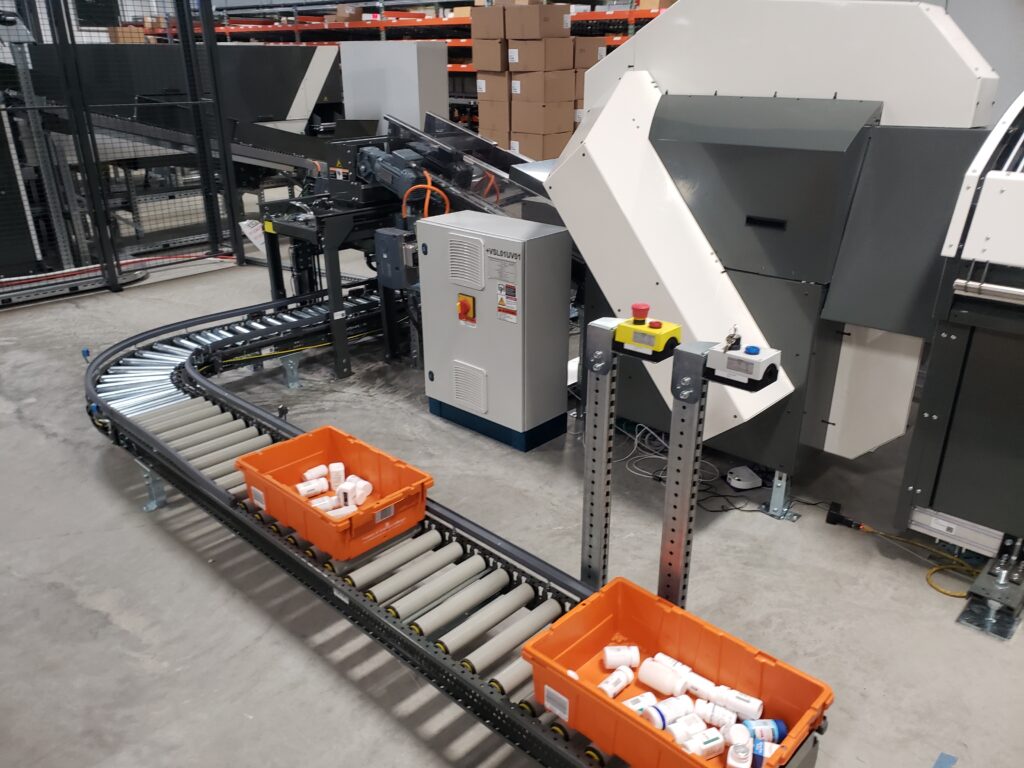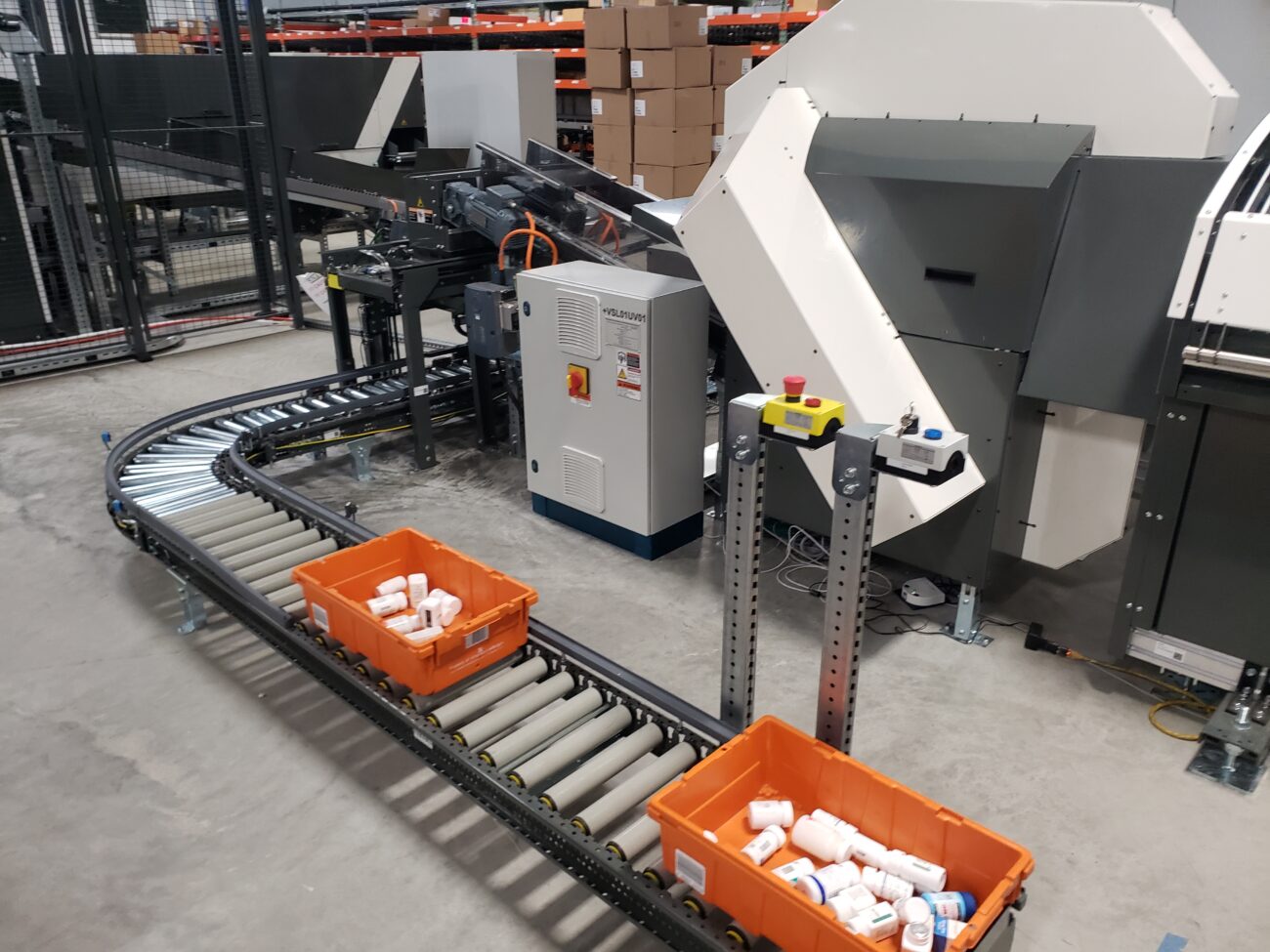Healthcare Supply Chains Complying with the Drug Quality and Security Act
February 10, 2022 Topics: Healthcare, Supply Chain
 The healthcare industry is racing to meet the November 2023 deadline set forth by The Drug Quality and Security Act (DQSA). The purpose of the DQSA is to build an electronic system to track and trace certain prescription drugs as they are distributed in the United States. This is to help the FDA protect consumers from drugs that may be counterfeit, stolen, contaminated, or otherwise harmful. The DQSA was enacted in response to the New England Compounding Center meningitis outbreak caused by contaminated steroid injections, sickening hundreds of people and killing at least 64.
The healthcare industry is racing to meet the November 2023 deadline set forth by The Drug Quality and Security Act (DQSA). The purpose of the DQSA is to build an electronic system to track and trace certain prescription drugs as they are distributed in the United States. This is to help the FDA protect consumers from drugs that may be counterfeit, stolen, contaminated, or otherwise harmful. The DQSA was enacted in response to the New England Compounding Center meningitis outbreak caused by contaminated steroid injections, sickening hundreds of people and killing at least 64.
The DQSA requires adherence by November 2023, so healthcare supply chains are currently taking big steps to become compliant. One such company is Client A, a large pharmaceutical distributor. Sedlak is working with current high-performing operations within Client A’s network. These operations are incorporating camera systems to capture 2D barcodes for outgoing pharmaceuticals.
Client A receives product from their vendors containing a 2D barcode for its items, and on that barcode are four pieces of info: national drug code, serial number, lot number, and expiration date. Previously traceability was needed back to the tote, but now traceability is needed back to the individual product. That means the barcode on every item has to be scanned.
At one of Client A’s facilities, there are three A-frames for automated picking with 100-yard long conveyor. Items are singulated so they can be scanned by the camera system, which has 28 cameras plus mirrors. That means the system will pick up the barcode no matter how an item passes through before going in the tote. If this read rate is successful, the tote continues through the shipping process.
If the read rate is not achieved, the tote is directed to a manual item checking station, where the each item is placed individually on belt and guided though another series of cameras. If successful, the product moves the rest of the process. If the items do not pass the read rate, the tote is directed toward a hospital where the associate will determine the issues and make disposition on the product.
Consultants can play a huge role in assisting a company’s implementation team. With our client, Sedlak is working with the on-site operations team and the MHE vendor to make sure expectations are aligned and the project is completed on time and on budget. This project management role means Sedlak is responsible for project oversight and has accountability for the implementation.
In addition to addressing DQSA compliance, our clients are also challenged to ensure that their supply chains have the ability to meet the many challenges that are facing industries across the board, including transportation delays, labor shortages and rising costs. In March, Sedlak will be hosting our second annual virtual conference that will address Supply Chain Agility for 2022 and beyond. This conference will present several ways that companies are addressing this issue. We hope you are able to join us.
If you have questions about the DQSA or need help with your processes, contact Jamie Knapp at jknapp@jasedlak.com.





